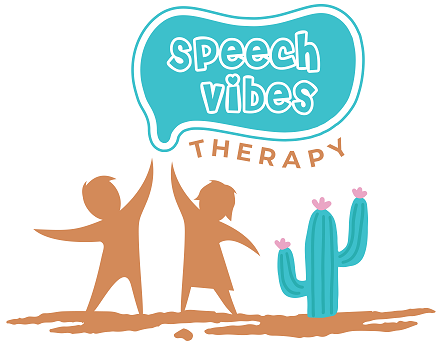Our Services

Receptive Language
A receptive language disorder is a condition that makes it hard for a child to understand the meaning of language. Children can display difficulty following directions, answering questions appropriately, or may seem uninterested in conversations. Children exhibiting a receptive language disorder will also struggle to express their thoughts, ideas or feelings to others.
Expressive Language
An expressive language disorder affects a child’s ability to use language to communicate effectively with others. Some examples may include, having a limited vocabulary, using vague words (“like,” “thing”), or having trouble recalling words.
Articulation & Phonology Discorders
Articulation and phonological disorders are difficulties producing speech sounds or groups of speech sounds that persist beyond the typical period of speech development and/or result in difficulty understanding speech. An articulation disorder may involve one or multiple speech sound errors, such as, a substitution for /r/. A phonological disorder includes multiple sound errors that typically cause problems with the intelligibility of the child’s speech. For example, a child who deletes final consonants in many words.
Pragmatics
A social communication disorder (SCD) refers to a child’s inability to use language in social situations. Children with SCD may struggle to greet others, take turns in conversations, or respond appropriately to peers in social situations.
Dysfluency/Stuttering
Fluency disorders also referred to as stuttering or cluttering is caused by an interruption in the flow, rhythm, and rate of speech. Stuttering includes sound prolongations, blocks, word and phrase repetitions. Secondary characteristics, such as, anxiety or avoidant behavior may also coexist.
Apraxia of Speech
Apraxia of speech is a speech sound disorder that affects the brain pathways involved in planning the sequence of movements involved in producing speech. The brain knows what it wants to say, but cannot properly plan and sequence the required speech sound movements.
